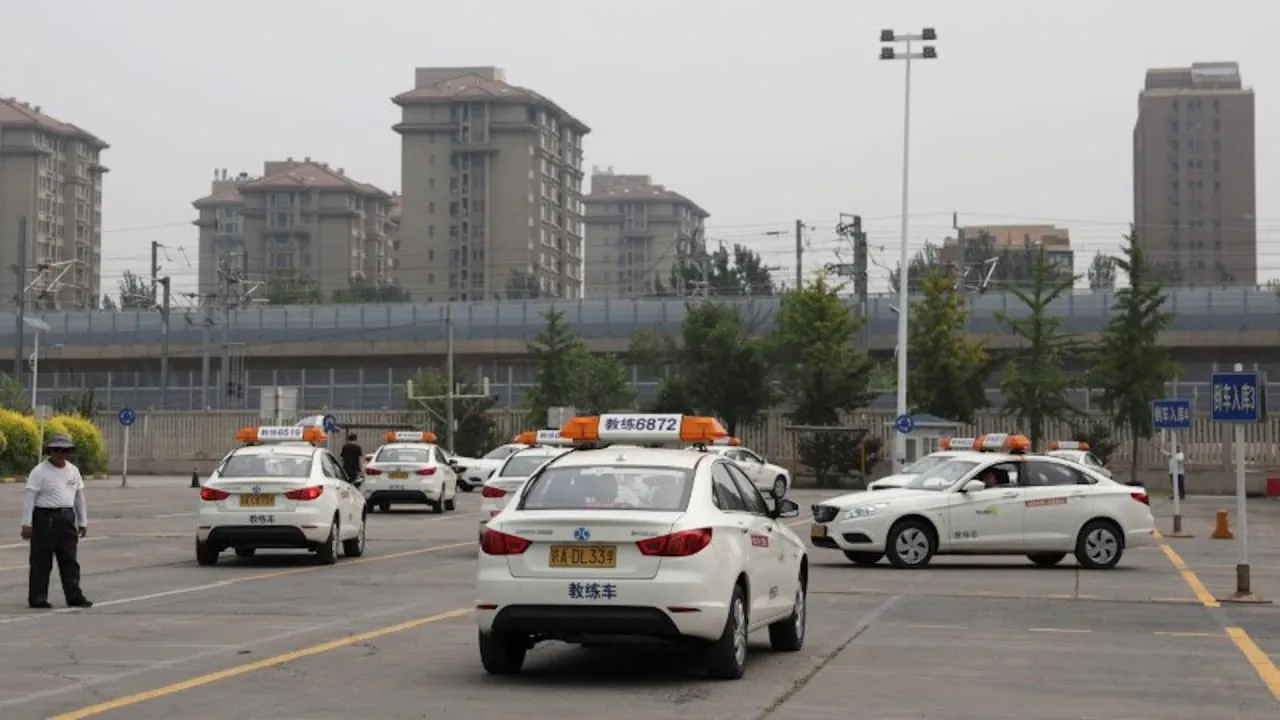Concerns Mount for China's Ride-Hailing Drivers as Robotaxis Gain Popularity

Robotaxis: A New Threat to Ride-Hailing Drivers
Liu Yi, a part-time ride-hailing driver from Wuhan, is worried about the future of his job as robotaxis from Baidu's Apollo Go begin to dominate the market. With China rapidly increasing the number of autonomous vehicles on its streets, the ride-hailing workforce, which has grown from 4.4 million to 7 million over the past two years, faces significant risks. Liu expressed his fears, stating, "Everyone will go hungry," referring to the impending competition with the driverless taxis.
China's Aggressive Pursuit of Autonomous Technology
China has been bold in its embrace of self-driving technology, operating ongoing tests in at least 19 cities without human-driver oversight. Major players like Pony.ai and WeRide are also advancing their robotaxi fleets, further contributing to concerns about job security for traditional drivers. With social media conversations reflecting rising anxieties, such as hashtags like "Are driverless cars stealing taxi drivers' livelihoods?", the societal impacts are becoming increasingly prominent.
Implications for the Future
- The rapid shift towards automation could leave many ride-hailing drivers without work.
- China's move towards robotaxis reflects a broader ambition to innovate in technology, yet it requires careful management to address resultant job displacement.
- Experts warn that while technology progresses, safeguarding existing jobs and creating new ones is essential for maintaining social stability.
As China accelerates its journey towards self-driving vehicles, it faces the challenge of balancing innovation with job security. The future of China's workforce in ride-hailing services remains uncertain amid this transformative wave in transportation technology.
This article was prepared using information from open sources in accordance with the principles of Ethical Policy. The editorial team is not responsible for absolute accuracy, as it relies on data from the sources referenced.